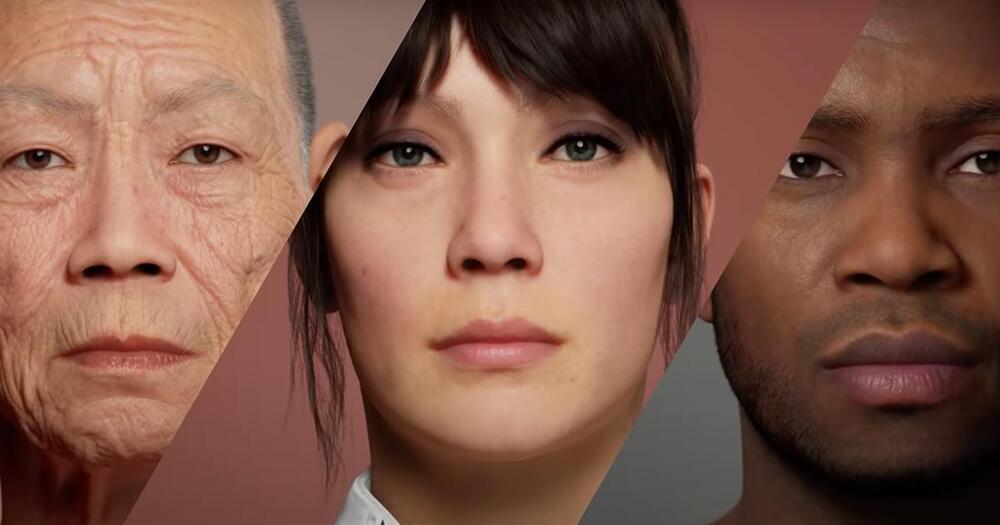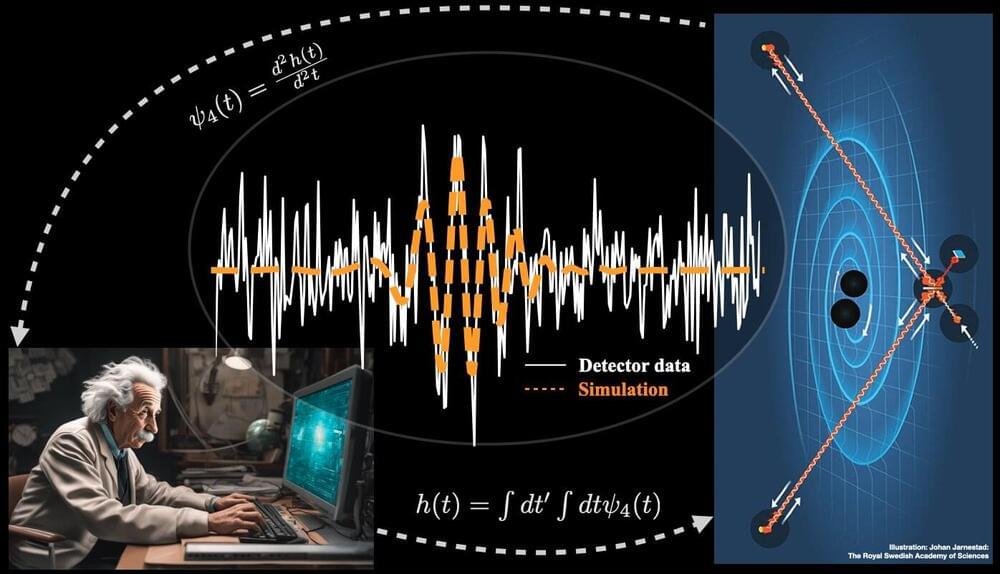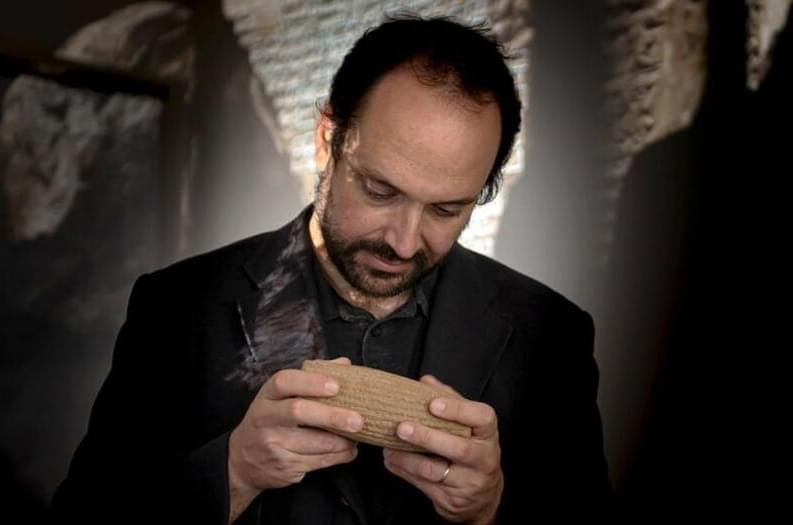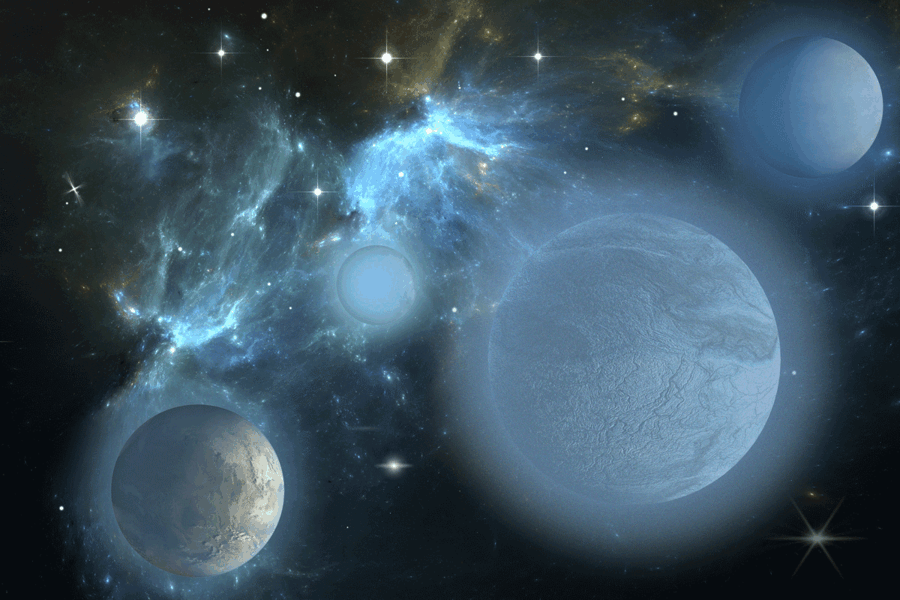When it comes to virtual worlds, one of the most challenging things to create (rivaling real trees, which Eric Ramberg, Chief Content Officer at Quixel, wrote is “the most requested type of asset”) is realistic human characters — especially their faces.
But Epic Games may have created the best solution so far. They have released a new character creation tool in Unreal Engine, called Creator, that helps you render an almost endless selection of near-photorealistic digital people.
“Up until now one of the most arduous tasks in 3D content creation has been constructing truly convincing digital humans. Even the most experienced artists require significant amounts of time, effort, and equipment, just for one character,” said Vladimir Mastilovic, VP, Digital Humans Technology at Epic Games. “That barrier is being erased through Unreal Engine, and we’re thrilled to introduce Creator.”









